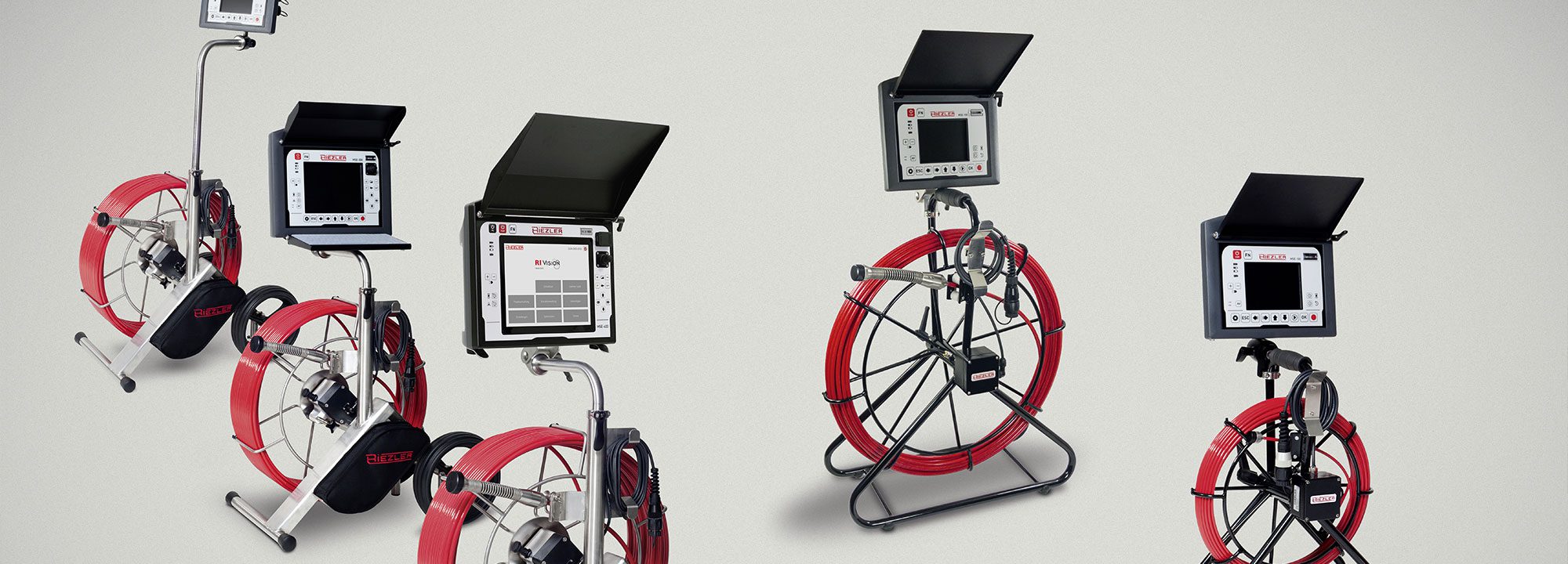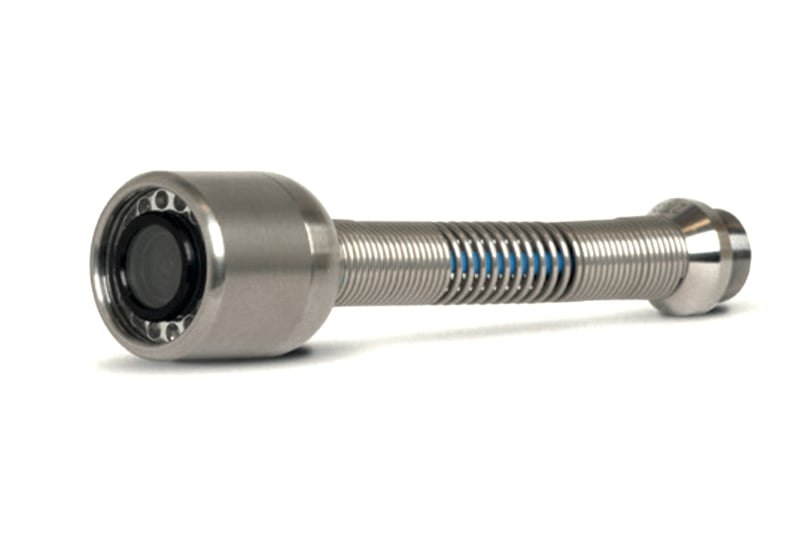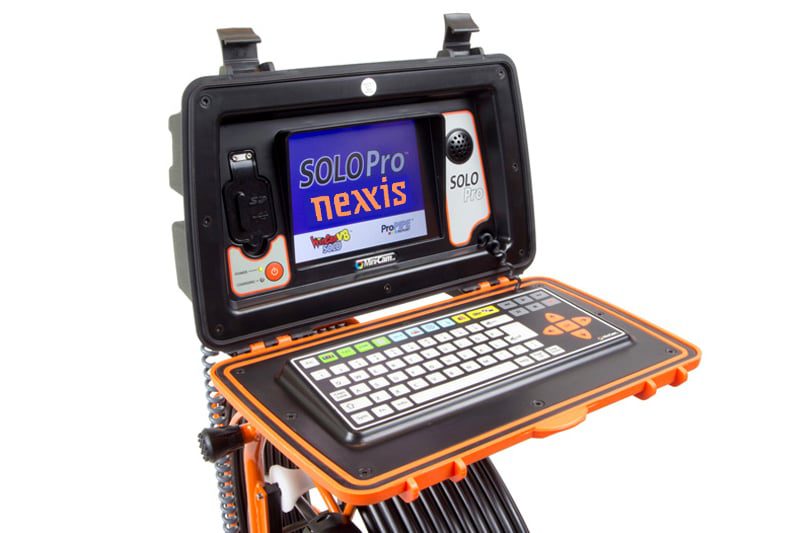How To Look After Your Pushrod Camera Properly

Push rod cameras offer an efficient solution for pipe, drain and sewer inspections and they allow challenging environments to be handled with efficiency and ease.
However, without due care and consideration, it can also be easy to damage your pushrod camera and repairs are inconvenient, time-consuming and often costly.
To help avoid situations which may result in damage to your pushrod camera, have a read through these simple tips.
Slow down
There’s always a temptation to get going with the inspection as soon as possible, especially when the object causing the obstruction is visible. But it’s important to temper that enthusiasm and approach the inspection carefully otherwise you run the risk of kinking the push rod as you shove it into the pipe.
Set up correctly
Kneel or crouch down near the opening and keep your hands low to ensure you have optimum control over the instrument. If you’re in a standing position, the camera reeling can move too quickly, bow out and kink as it enters the hole and damage the camera.
Use the right technique
You should use short measured motions to manoeuvre the instrument initially. If you move too quickly or apply excess force, the pushrod will bow and kink up. One you are into the pipeline, you can speed up the motions, particularly when negotiating bends.
Your camera is not a tool
Although push rod cameras are specifically engineered to handle challenging environments and the camera head and LED lights are totally sealed and self-contained behind tough Plexiglass, they are not indestructible. The head of the camera is obviously the most important component of the system, but it’s also the most expensive – so you want to protect it as far as possible and avoid using it as a battering ram if you encounter an obstruction. It’s a diagnostic tool not a prod or drain cleaner and shouldn’t be used to push an obstruction out of the way.

Keep your eyes on the monitor
It’s imperative to keep watching the monitor to look out for obstructions, foreign objects, a break in the pipe etc. If you don’t see these coming, you run the risk of damaging the camera head or causing a kink in the reeling.

Proper cleaning and maintenance is essential
Proper care and cleaning will prolong the life of the equipment. Always clean the camera lens after each use and ensure that any grit, oil and grease are removed – but remember to use a dry cloth (not an oil cleanser) so that you don’t damage the lens.
Be aware of your surroundings
This may sound a bit weird, but anyone operating a push rod camera needs to be aware of where the camera is at all times. There are instances where the head of the camera has been accidentally cut off when the contractors have sawn through the pipe to get to the problem!
Push rod cameras are indispensable assets for remote visual inspections (RVI) in restricted-access situations where portability and manoeuvrability are crucial including drains, sewers, pipes, chimneys, rooftops, air ducts and building cavities, but there’s a direct correlation between the way that they are used and the frequency of repairs.
For any information on push rod cameras, techniques on how to use them correctly or to find out which one is best for your particular inspection requirements, talk to the technical equipment professionals at Nexxis. They will customise a cost-effective, flexible and practical solution for your operation and you can talk to one of their industry experts on 08 9418 4952 or visit nexxis.com.au to see their wide range of high quality push rod camera systems.
